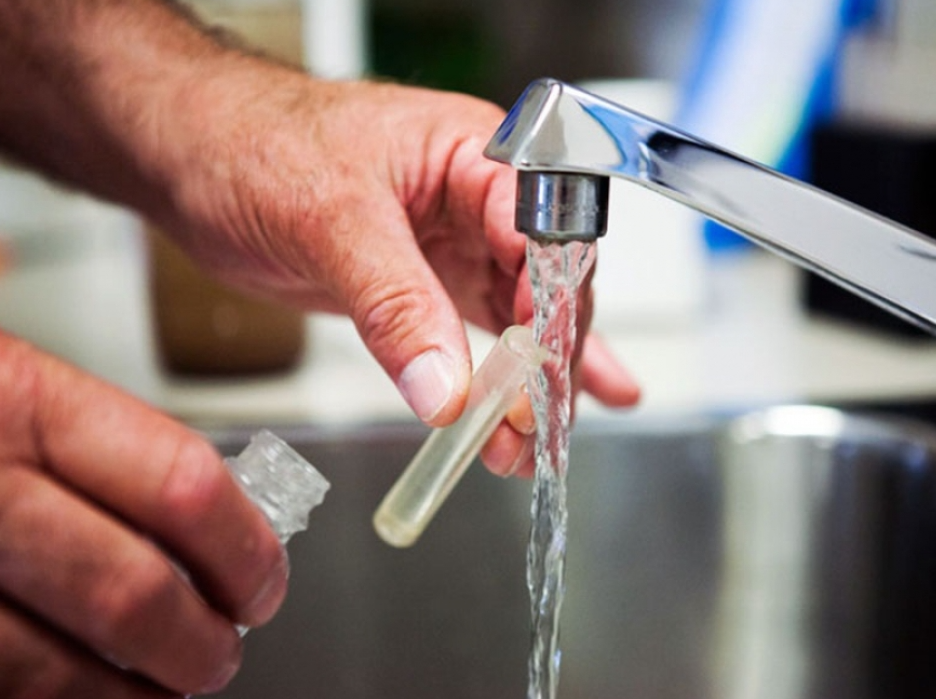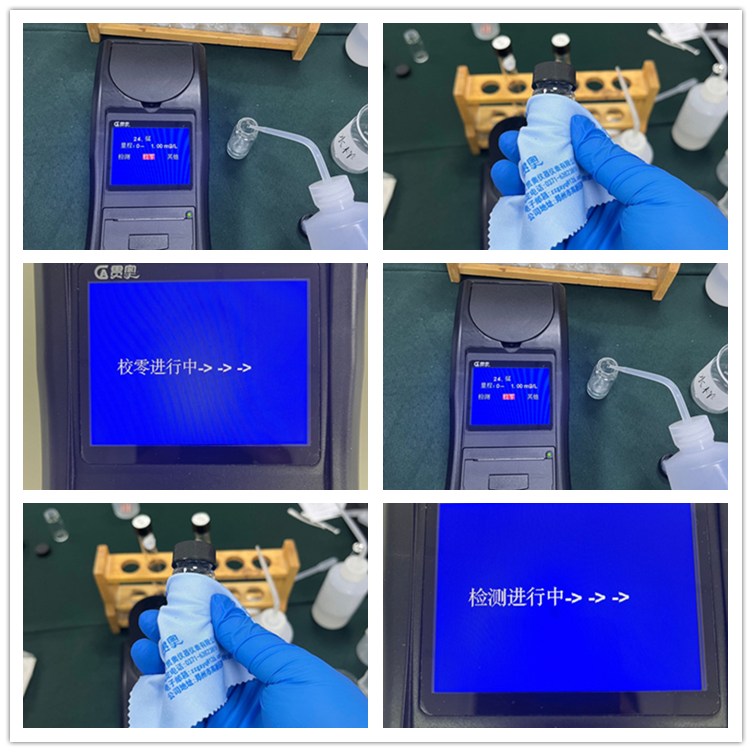Manganese ions exist widely in natural water. Therefore, domestic drinking water itself contains a small amount of metal ions, such as common iron ions, manganese ions, copper ions, etc. We have previously introduced that heavy metals in general water mainly come from ores that enter rivers and groundwater through rainwater during weathering or mining. In addition, manganese ions carried by wastewater and waste residue generated in some industrial processes will also enter groundwater or surface water.
Generally, a small amount of metallic manganese in drinking water will not cause harm to human health. However, if the parameters of manganese in water exceed the limits of sanitary standards for drinking water, it will cause harm to people's health.
At present, spectrophotometry is a commonly used method to detect manganese in drinking water. With the help of instruments, analysts can quickly and accurately determine the content of manganese in water samples. Next, let's talk about the operation process of Guan'ao water quality detector to determine the metal manganese in drinking water.

Reagents to be prepared
1. Pure water in the laboratory2. Manganese Reagent I and Manganese Reagent II (already provided for everyone when leaving the factory)
3. Drinking water sample
Testing equipment
1 20mL colorimetric bottle2 Pipette gun or pipette
3 Water quality detector
4 Other laboratory equipment
Drinking water collection
Before collecting the samples of drinking water, wash the sampling bottle with water samples for 2-3 times before collecting. When collecting the drinking water from the end of the pipe network, the water should be drained for 10 minutes to avoid the final test results being affected by the collected water in the pipe. During collection, one end of the hose can be connected to the faucet, and the other end can be inserted into the bottom of the bottle to allow water to slowly overflow from the bottle, and then the water in the bottle can be replaced several times to retain the final sample.Test steps
1. First take 10mL of pure water from the laboratory to the colorimetric bottle, and then wipe the outside of the bottle clean.2. Align the white triangle symbol on the bottle body with the triangle mark in the color comparison tank on the instrument, then gently put it into the color comparison tank, cover the light cover, move the cursor to the zero calibration position and click the "OK" button. After zero calibration, the instrument will automatically return to the current parameter interface.
3. Take 10mL of the treated drinking water sample, and then add 14 drops of manganese reagent I (the dosage of the reagent varies with the instrument, and the specific usage needs to be operated according to the instrument instructions). Cover the bottle cap and shake it evenly. Then add manganese reagent II in the same way as manganese reagent I, and let it stand and react for 5 minutes. Add a flat spoon of manganese reagent III, cover the bottle cap, shake well, and let it stand for 10 minutes. Wipe the outside of the bottle with a soft cloth, and then put it into the colorimetric tank according to step 2.
4. Move the cursor to the detection position and press the "OK" key to measure. After the manganese detection value is obtained, it can be printed and retained.

The above is the procedure of using the water quality detector to determine manganese in drinking water.



